ADF bolsters American show of force
Australian troops and warships are being deployed to join major military exercises and maritime surveillance operations in a show of force with Western allies in the Indo-Pacific.
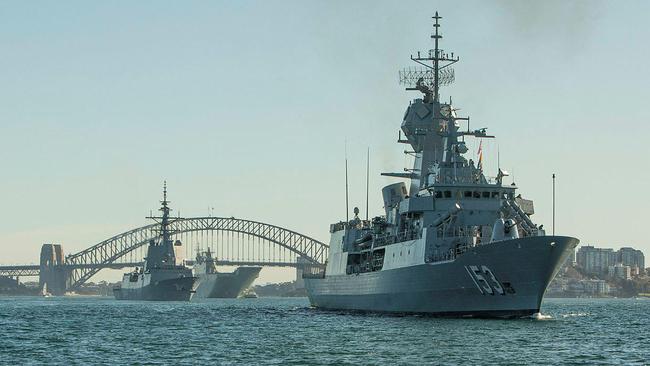
Australian troops and warships are being deployed to join major military exercises and maritime surveillance operations in a show of force with Western allies in the Indo-Pacific, as the US expands its presence in the region amid increasing tensions with China.
The Australian Defence Force is working with the US and regional partners in support of a “free and open Indo-Pacific”, as border stoushes between China and India escalated this week, resulting in deaths on both sides.
The Australian can reveal defence chiefs are in the early stages of planning joint exercises in the strategic western Pacific outpost of Guam, home to the US Andersen Air Force Base.
Scott Morrison said on Thursday that the exercise was an important part of the ADF's training and partnership with the US forces.
"These are part of our normal exercises and operations which we have been conducting for many, many years," the Prime Minister told Sydney's 2GB radio.
"It's an important part of our training and our development and our partnerships.
"There's nothing extraordinary about that and I don't think it would cause surprise to anyone looking in from elsewhere."
HMAS Canberra, Hobart and Stuart departed Fleet Base East in Sydney on Tuesday for training and maritime surveillance operations.
And HMAS Anzac, Ballarat and Arunta departed Fleet Base West on Monday to “participate in various exercises”.
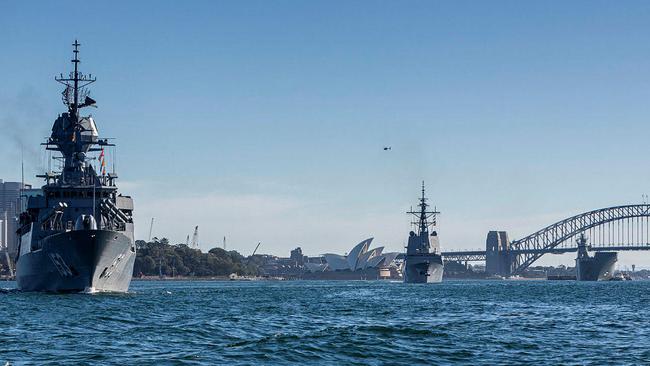
Attempts by the US to stamp its dominance in the Pacific, headlined by the deployment of three aircraft carrier groups into the region this month and a C-40 transport plane flying over Taiwan last week, have sparked furious responses from Beijing.
China has also increased military training and exercises in the Indo-Pacific and launched sea trials last month for the People’s Liberation Army’s first locally built aircraft carrier.
Following COVID-19 delays to major military exercises, the US is pushing ahead with plans to hold the world’s largest maritime warfare exercise — the Rim of the Pacific, or RIMPAC — in Hawaii from August 17 and involving anti-submarine warfare and live-fire exercises. Australia, which will join the RIMPAC war games, is awaiting an invitation from India to join the Malabar naval exercises in the Bay of Bengal later this year alongside the US and Japan, further cementing security links between the Quad nations.
Expectations of Australia joining the naval exercises for the first time since 2007, the only time the country has taken part, were understood to be high after Scott Morrison and Narendra Modi this month signed a new comprehensive strategic partnership, including closer defence and maritime security ties.
A Defence spokesman on Wednesday night confirmed the Australian navy warships were “currently conducting maritime task group training under strict COVID-19 preventive measures” and would deploy across the region, including taking part in RIMPAC.
In April, Australian frigate HMAS Parramatta joined three American warships to uphold freedom of nagivation in the South China Sea.
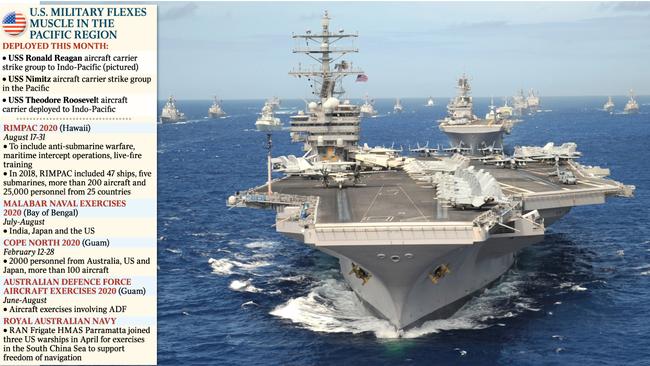
In a statement on the planned aircraft exercises off Guam, the ADF said it was conducting “regular military-to-military engagements throughout the Indo-Pacific”. On June 11, the Department of Defence published a $3m contract with The Westin Resort Guam between June 10 and August 31 as part of “early planning” in support of aircraft exercises.
The US earlier this year overhauled its continuous bomber presence in Guam, as part of a policy to be “operationally unpredictable”. Analysts have said it reflected the vulnerability of the island to Chinese missiles.
International Institute for Strategic Studies senior fellow Euan Graham said the US show of force was likely to be a signal to China not to take advantage of the COVID crisis or the upcoming US election.
“The fact that they have got three carriers out now suggests that they are on a high-alert posture. The last time they did it was in 2017 when the North Koreans were in one of their high-activity spikes,” he said.
“It is prudent move to show they are still out there and would have to be dealt with if the Chinese decide to take it to the next level.
“North Korea is also part of the calculation. They are arcing up at the moment so I think they will be approaching it from that standpoint too. It’s a clear message to say ‘We are out and about, we are watching, and we are prepared’.”
He speculated that the RAAF’s exercise on Guam could involve electronic warfare training for Australia’s EA18G Growlers and potentially the Joint Strike Fighters, or maritime strike exercises in the seas off Guam.
Retired air marshal Geoff Brown, a former air force chief, said China had become more assertive “but they still don’t have anywhere near the naval power that the US is capable of projecting”.
“Each one of those carrier forces really represents a small air force by itself. So there is an enormous amount of military power in each one of those carrier task groups,” he said. “They’ve got one carrier and one under test at the moment. And they have a very limited capability compared to a US carrier. You’re not comparing apples with apples.”
China has placed its faith in its so-called “carrier killer missiles”, but Air Marshal Brown said China’s hardware and people were largely untested.
He said RAAF personnel conducted regular operations with the US Air Force at Guam to harmonise their systems. “You’d think it would be simple to refuel each other’s airplanes but sometimes the procedures are different. So it’s a sort of harmonisation of procedures at the bases you don’t normally operate out of.”
All three Australian services had good interoperability with US counterparts, but were working to sharpen their multi-domain operations involving air and naval power, Air Marshal Brown said.
“The biggest factor in interoperability is trust. People-to-people contacts are just as important as anything else.”
In February, 2000 Australian, US and Japanese military personnel took part in the 17-day Cope North operation involving more than 100 aircraft and led for the first time by the RAAF.
On Monday, Chinese defence spokesman Ren Guoqiang described a US Navy aircraft flying over Taiwan as a violation of the communist nation’s territorial sovereignty.
“(The) Chinese side urged the US side to abide by the one-China policy … and stop all acts that provoke China’s national sovereignty and territorial integrity,” he said.
In response to the US deploying three aircraft carriers to “waters near China”, the state-owned Global Times warned Beijing possessed “aircraft carrier killer weapons like the DF-21D and DF-26 anti-ship ballistic missiles”
Additional reporting: Richard Ferguson

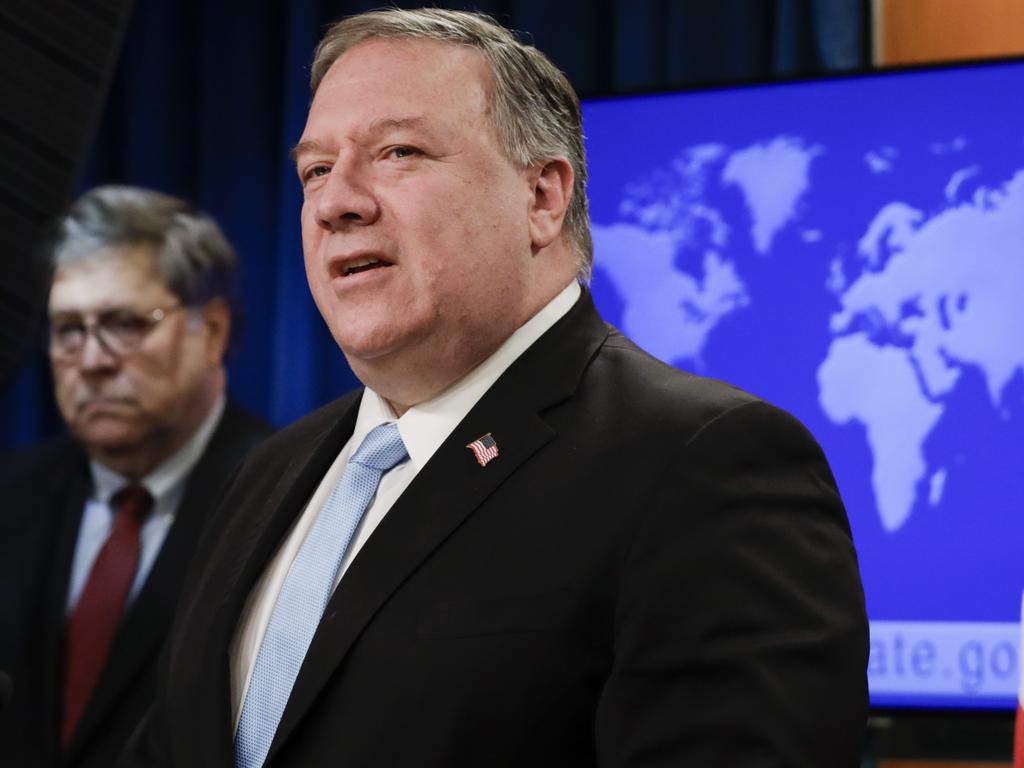
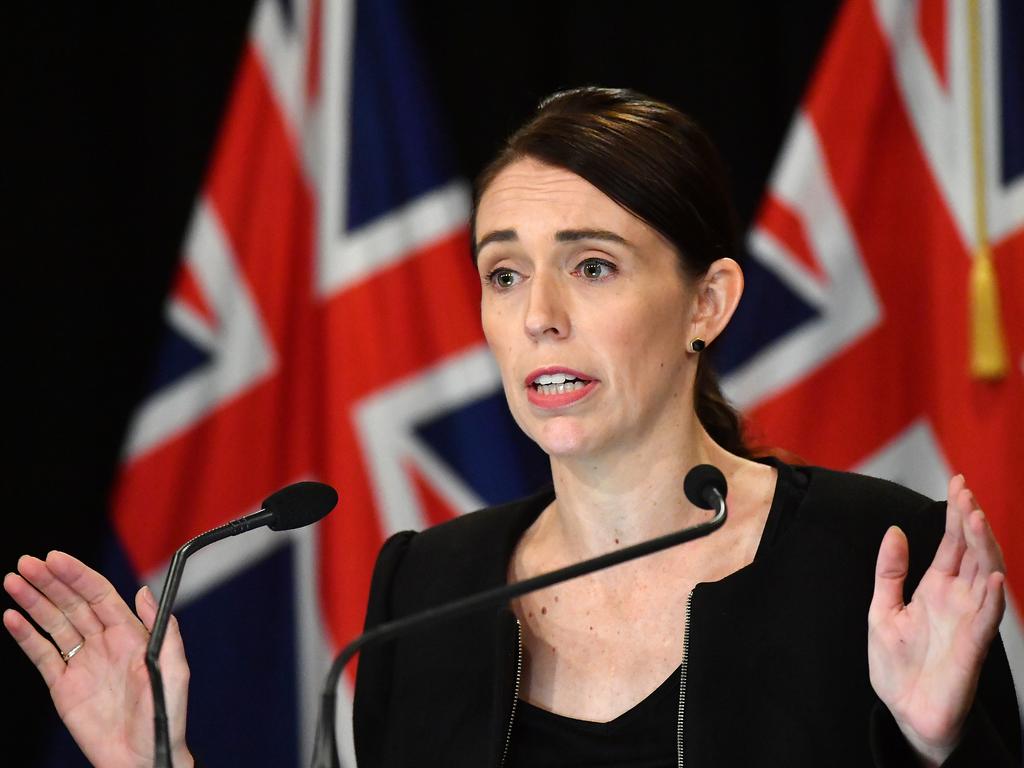




To join the conversation, please log in. Don't have an account? Register
Join the conversation, you are commenting as Logout